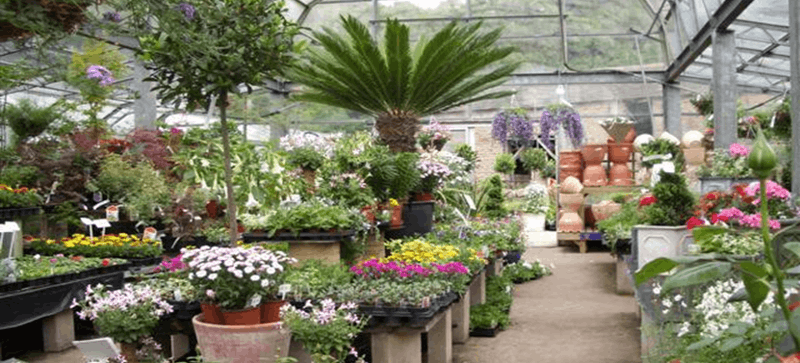Choosing the right plants for your garden varies from your personal preferences to the plants that can be grown in the given space and climate.
Before you decide on the plants, be sure to make a plan.
- Expenses – Your budget is the most important thing. How much the plants will cost? What kind of fertilizers will they need? Will they need any special maintenance service that can only be provided by landscaping companies? Once your budget is defined, you can move on other important things.
- Space – Sometimes when you get a plant at home, you forget to analyze how big it will grow when it’s full size. Make sure you are aware of the space you can afford for each plant when it matures and attains full size.
- Climatic conditions – What are the climatic conditions of your area? How suitable is it for the plant you choose? How much attention does it need in each season? You have to get all the information from the nursery or you can also get a lesson from a lawn care company.
- Availability – How easily are the pesticides, manure and fertilizers for your plant available? Do they need anything special that is not commonly available at nurseries and lawn care companies?
Once you have taken care of the basics, we can move to the type of plants you can choose to have in your garden. There are different types of plants and trees you can plant in your garden and get a beautiful and refreshing look.
- Plants around the perimeter – For the perimeter of the house choose small trees and shrubs that look good year-round and remain small. Place them so that they won’t grow into the house or damage the foundation with their roots. Avoid entrances and windows as they may block them when they are mature.
- Trees – When choosing trees, first decide on their placement in your garden and then accordingly choose the tree with the right height, width, form and color. You should also determine if you want fruit or berries or flower yielding trees. Trees can be evergreen or deciduous. Evergreens are great for spots that need green year-round while deciduous will offer more variety, changing their look with each season, and offering beautiful leaves, flowers, and fruit.
- Shrubs – Shrubs and shrub borders are low-maintenance alternatives to flower borders. Like trees, shrubs are also evergreen and deciduous. They can fill a landscape with flowers, fragrance and colors. When choosing a shrub, consider characteristics like size, flower or berries, bloom time, leaf form and seasonal color.
- Groundcovers – Ground covers require less maintenance than the lawn. They are thick and grow vigorously. They help keeping weeds away and need less water. But beware of the over-vigorous ground covers as they tend to choke out the less aggressive plants.
- Perennials and Annuals – Perennials bloom year after year, for a season or at least for two weeks, depending on the variety. They are more expensive initially, but save money over time. Annuals on the other hand are less expensive than perennials initially, but they die after one year and hence need replacement.
- Vines – They are the best to make the most out of a small garden as they use little ground space. They add greenery and colors to your walls and tree trunks. When you choose an annual or perennial vine, see to how it attaches itself to its support. Some vines twine while others grow out tendrils. There are some that cling. The clinging types are somewhat permanent and are suitable only for brick, stone, and other surfaces that are virtually maintenance-free.
Before selecting any type of plants or trees, be sure to visit a nursery or a lawn care company and get complete information on sun, soil, and water requirements of the plants. You should also learn about how long the plant blooms, what the flowers and leaves look like, any diseases or pests that threaten them, when the trees drop their leaves and over what period of time, their seasonal colors and suitability to your climate.
It’s great to have exotic plants and flowers in your garden but you need to ensure that you have the time, money and tools to take care of your precious plants.


